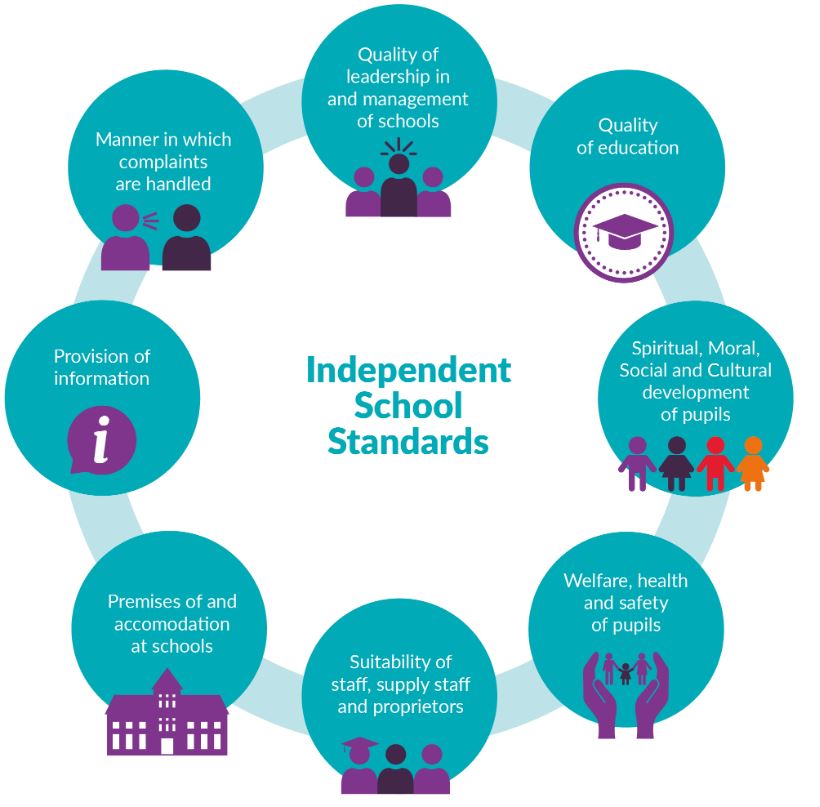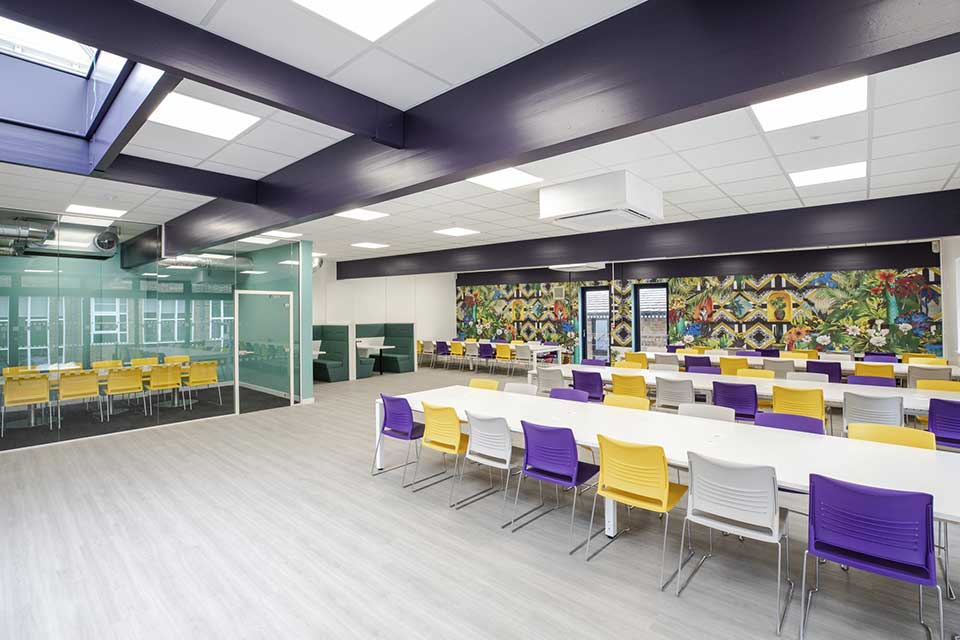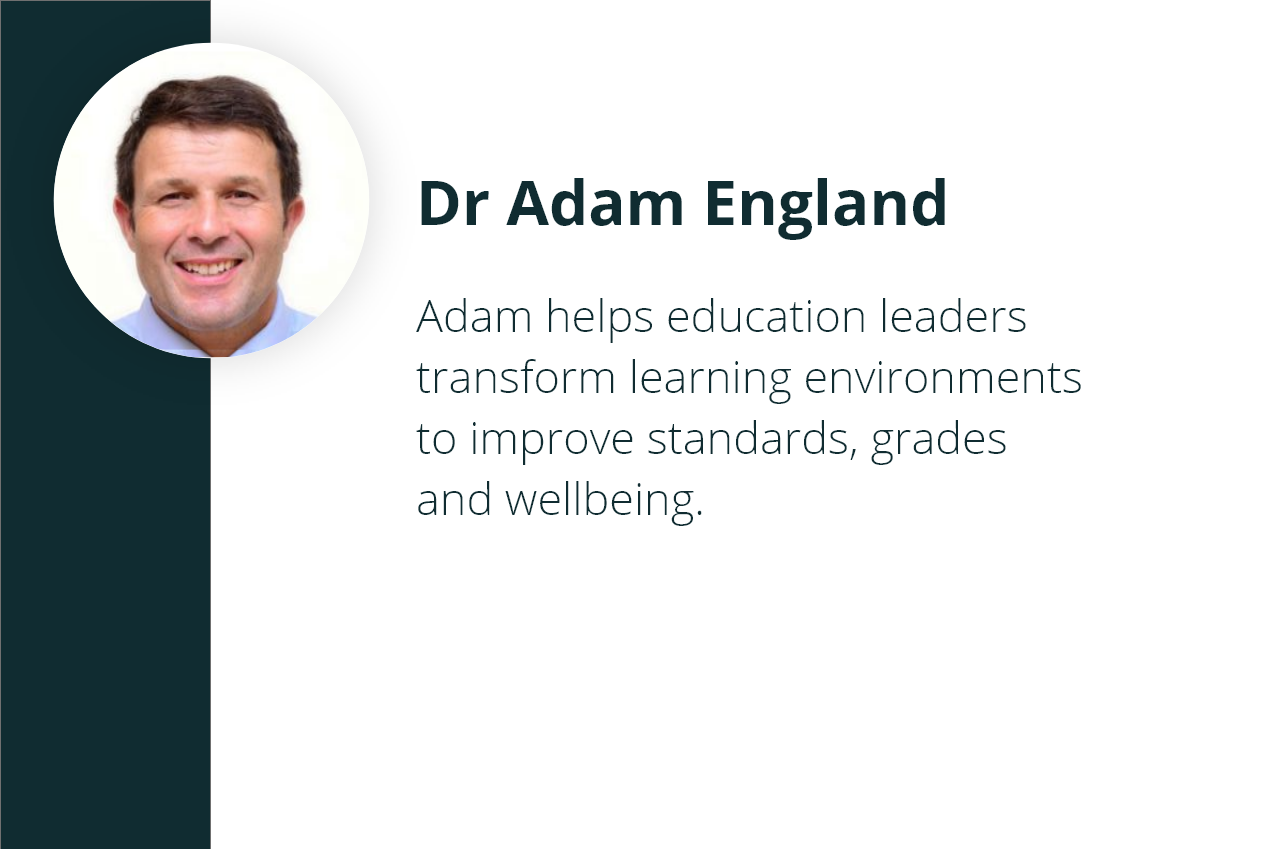New for 2023 – ISI Priorities And What They Mean For Your School

The New ISI Priorities
The Independent Schools Inspectorate recently published their draft framework for 2023. Building on the strengths of the current format, the ISI have further developed the process of inspections. These include greater emphasis on the responsibility of school leaders to not only actively promote student wellbeing but also to measure inspection standards through this lens; to move to one key routine inspection rather than the two types currently in place; reports to feedback on each separate standard with potential overall indicators of exceptional, good, sound or unsatisfactory.

Nominating an Associate Inspector and the ‘Three Levels’ of Culture
Association schools can nominate a colleague into the new position of associate inspector, for those new to (or aspiring to become) senior leaders. School management will still be expected to showcase their school’s individuality, ethos and values and inspections will be carried out twice within each period of inspections (currently three years). School culture may show an approach on three ‘levels’ – firstly the outward face of the school, usually positive messaging on website, newsletters, prizes, school leaders, student leaders etc. the second level is the day-to-day life in school where issues are dealt with in school. Thirdly – and often difficult to see if effective processes are not in place – a minority of staff or students may feel they have been subject to negative treatment which has affected their wellbeing. Care should be taken to collate responses from staff to elicit any issues as direct questions tend not to show deeper concerns. School leaders will still need to reflect on the key changes in education and society during the past six years; focussing on accurate, clear reports showing breadth of provision and experiences available; and ensuring professional opportunities are increased throughout.

The Six Sections of the ISI Framework and How to Approach Them
1. Governance, leadership and management
School leaders should focus on the required outcomes but the methods used will differ in each school.
2. Protection of pupils from harm and neglect
Consideration should be given to safeguarding, resources to support pupils and the essential standards schools must meet to ensure their students’ safety and care
3. Pupils’ physical and mental health and emotional wellbeing
Covering a range of contributing factors for students’ health and personal wellbeing including relationships, the environment and their part in it, personal and wider finances, the law, education and skills. The Children’s Society classed the ten main areas that impact subjective student wellbeing as: “family, friends, health, appearance, time use, the future, home, money and possessions, school and amount of choice”.
4. Pupils’ education, training and recreation
Topics should include communication, language, literacy, maths, expressive arts and design at a minimum; physical education and work experience could also be included. Your school environment should be welcoming and inclusive, taking care to welcome all groups including those under-represented; spaces and facilities should be both accessible and available to all and there should be a positive process to tackle discrimination, encourage high standards of behaviour and motivation which is clearly communicated to all staff and students.
5. Pupils’ contribution to society
Students should display an understanding of the world with an emphasis from leaders on character education and development.
6. Pupils’ social and economic wellbeing
Aimed at social development and ensuring students have what they need to prosper with their needs met. In 2021’s ‘Big Ask’ – 94% of 6-8 year olds and 71% of 9-17 year olds are happy with their life overall. Noble and Eaton can support your Senior Leadership Team to ever increasing success. Call us to find more.





